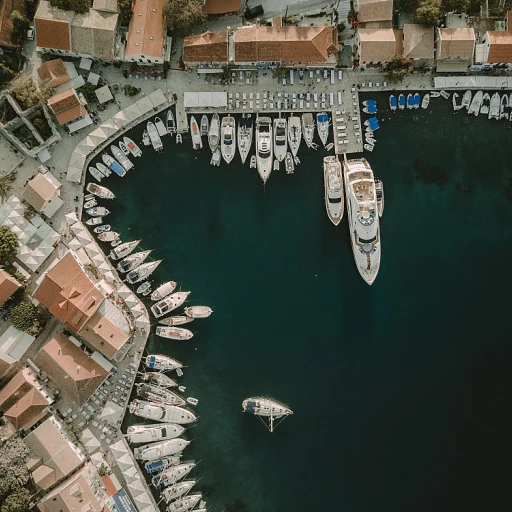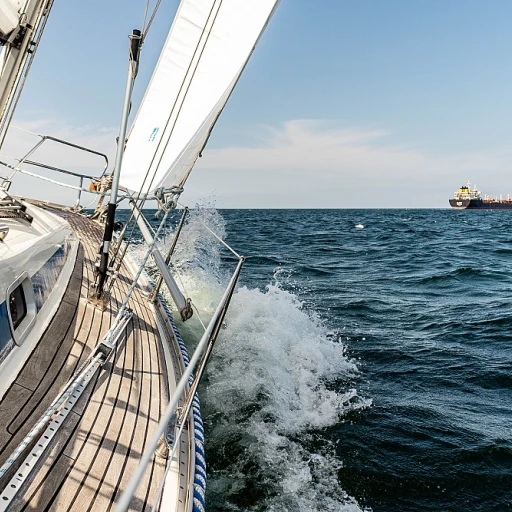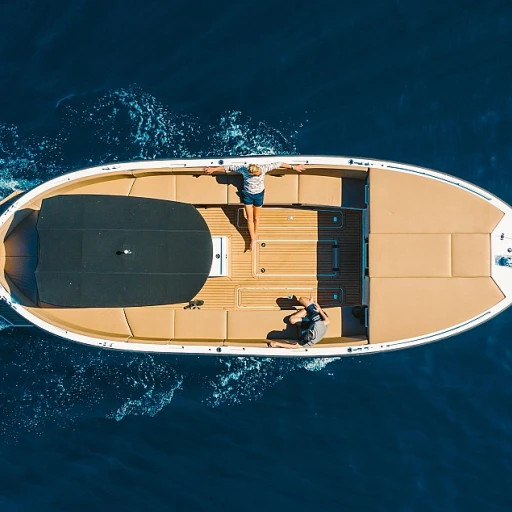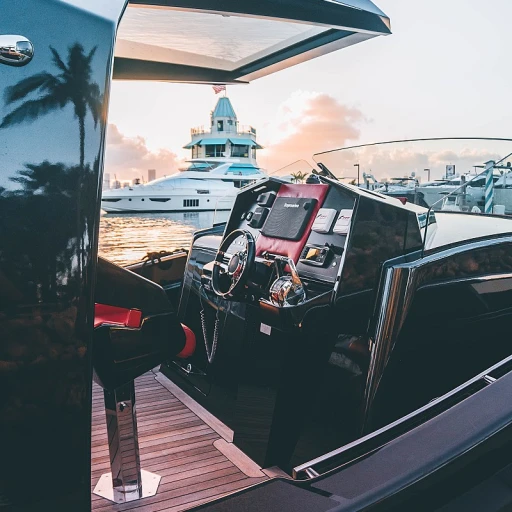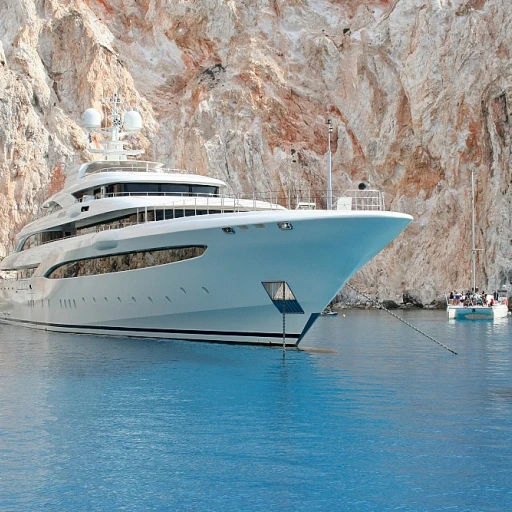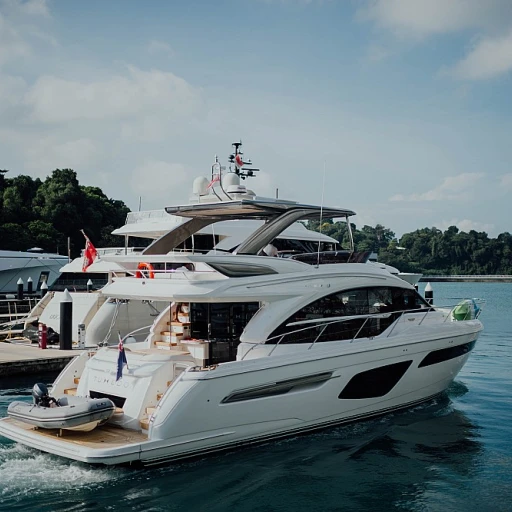Understanding Induction Burners
Delving into the Mechanics of Induction Burners
Induction burners represent an innovative leap in the realm of electric cooking appliances. Unlike traditional cookers, induction relies on electromagnetic fields to generate heat directly in the pot or pan, rather than on the cooking surface. This method provides precise temperature control and rapid heat adjustments, ensuring the optimal cooking experience critical for culinary enthusiasts navigating the vast marine environment.
As yachts increasingly adapt to modern technologies, the induction cooktop has become a sought-after solution for on-board cooking. Its efficiency and safety features stand out among various marine-grade appliances. The induction stove, known for minimizing heat loss, significantly enhances the safety profile compared to gas or LPG stoves, especially in the confined spaces typical on yachts. Furthermore, its capability to deliver powerful cooking with reduced energy consumption aligns with the sustainable practices now favored in marine settings.
The benefits of induction cooking are further underscored when considering the needs of yacht enthusiasts who often face unique challenges. The electric oven component ensures that cooking is not only efficient but also markedly safer. Stainless steel induction hobs add a layer of resilience and longevity, making them a worthy investment for any vessel.
For yacht owners contemplating the integration of cutting-edge technology into their marine galleys, understanding the advantages of induction cooking appliances is essential. Is your yacht future-ready? Integrate cutting-edge tech for seamless seas is a perfect resource for those seeking to upgrade their vessels with state-of-the-art innovations. The promise of a gimballed induction cooktop offers unmatched stability, ensuring that your culinary endeavors continue unabated, even amidst the rolls and sways of open water adventures.
The Importance of Boat Gimbals
Ensuring Stability on the Waters
When it comes to preparing meals at sea, the interplay between an induction cooker and a gimbal becomes crucial. A gimbal's primary function is to ensure that your stove remains level even as the boat rocks and sways with the ocean waves. This stability is not only essential for safety but also for effective cooking. Onboard, the gimbal allows gas or electric cooking units to pivot. Whether dealing with an induction stove, gas-powered cooker, or electric cooktop, the ability to maintain balance significantly reduces the risk of spills or accidents. Especially when using a pressure cooker or a pot filled with hot liquids, ensuring the appliance stays steady is paramount. For those equipped with state-of-the-art cooking devices, such as an induction hob or a click expand gimballed induction cooktop, the integration with a gimbal enhances the cooking experience. This setup allows chefs to rely on their tools, confident that their high quality stainless steel or ceramic hob will perform just as well at sea as it would on shore. Safety is further emphasized with features such as pot holders and oven grills, which provide additional support. Many induction cooking systems are designed to be compatible with a gimbal, ensuring processes like simmering or broiling on a marine electric oven or an induction cooker are as efficient as expected. Marine cooking technology today prioritizes both functionality and safety. Whether an enthusiast has a single induction burner or a fully equipped induction cooktop, ensuring these components are fitted with reliable gimbals remains a top priority. For more on securing your cooking stability at sea, consider exploring the benefits of modern gimbal technology: A Comprehensive Look at the Lofrans Vertical Windlass.Integrating Induction Burners with Gimbals
Seamless Integration of Induction Burners and Gimbals
Merging the innovation of induction cooking with the functionality of boat gimbals ensures that even on the choppy waters, you can prepare meals with ease. Induction cookers offer efficiency by directly heating the pot or pan, conserving energy that traditional gas or electric stoves might waste. However, the stationary nature of an induction cooktop can pose a challenge on a moving vessel. Enter the gimbal—an essential tool for any yachting enthusiast who loves to cook aboard. By integrating induction hobs with gimbals, the cooker has the ability to pivot and adjust its angle along with the boat’s movements. This ensures that the pot remains level, reducing the risk of spills and maintaining even cooking. This setup is particularly beneficial when using heavier cookware like a pressure cooker or an electric oven grill. Moreover, modern gimballed induction setups are designed with high-quality stainless steel, making them not only durable but also aesthetically pleasing. Some induction stoves come with additional features such as pot holders on the cooktop, increasing their utility during rough seas. Access to shore power can enhance the efficiency of these systems, but even without it, many are versatile enough to function well under battery power, making them a staple for those who prioritize comfort and innovation in marine cooking. For those who wish to enjoy seamless culinary experiences at sea, integrating induction cookers with gimbals is undoubtedly a smart choice, ensuring that every meal is as enjoyable as an "oceanchef" experience.Benefits for Yacht Enthusiasts
Advantages of a Gimballed Setup for Culinary Aficionados
The integration of induction burners with boat gimbals ushers in a new era of culinary experiences for yacht enthusiasts. This marriage of technology and practicality provides unparalleled stability and convenience while at sea.- Enhanced Safety and Stability: With a gimballed induction stove, cooking aboard a yacht becomes markedly safer. The gimbal mechanism allows the cooktop to pivot in tune with the vessel’s movements, reducing spills and hazards. This feature is crucial when handling hot substances or when using an electric oven or other kitchen appliances in turbulent waters.
- Versatile Cooking Options: A gimballed induction cooker facilitates various cooking techniques. Whether it’s simmering sauces, grilling, or using an induction hob, the cooktop remains level, providing a consistent heat distribution. This consistency mirrors the experience of cooking in a stationary kitchen.
- Efficient Use of Power: Induction cooking is renowned for its energy efficiency. By partnering it with a well-balanced gimbal, yacht owners can optimize their electric consumption, ensuring that cooking doesn’t unnecessarily drain the onboard power supply, particularly when reliant on shore power or limited marine energy sources.
- Increased Cooking Capabilities: The use of induction cooktops expands the culinary possibilities on board. Whether heating up a cooker or using a pressure cooker, the system caters to a wide range of cooking needs. Electric ovens and induction hobs complement the cooktop, enabling a comprehensive marine cooking setup.
- Quality and Durability: Many gimballed induction systems feature stainless steel components, renowned for their resistance to corrosion and ease of cleaning. This high-quality material ensures the cooktop withstands marine conditions while maintaining its aesthetic appeal.
- Space-Saving Design: Induction stoves are inherently more compact compared to their gas counterparts. Coupled with a gimbal system, they consume minimal space, which is a prized commodity on yachts, allowing more room for essential items like a pot holder or a cockpit table.



